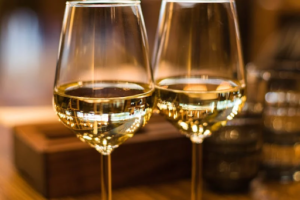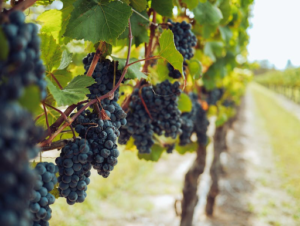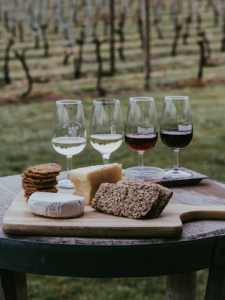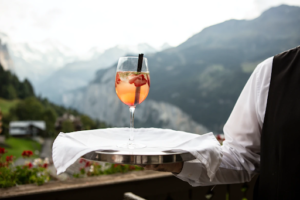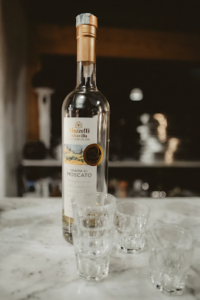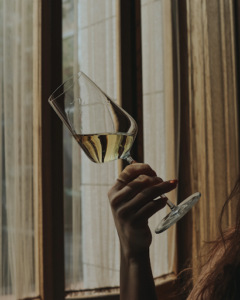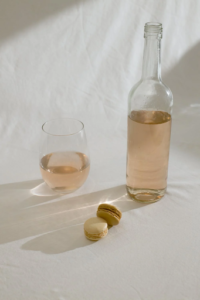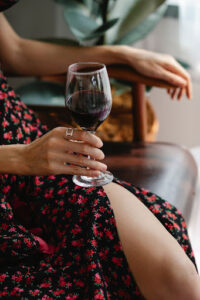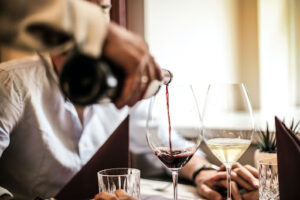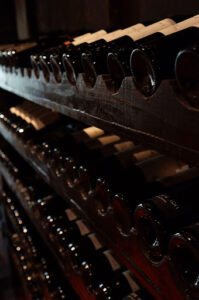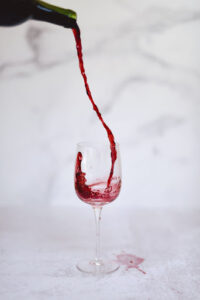Wine is one of the finest luxuries of life, and is often an important part of some of our most memorable moments as we spend time with loved ones, travel to new places, and celebrate wonderful accomplishments and milestones. Many people also choose to unwind and relax at night with a glass of wine. Given the time of day many people drink wine, it should come as no surprise that people usually feel a bit tired while drinking wine—however, some people notice that feelings of sleepiness and relaxation come not only with, but as a result of drinking wine. If you’ve ever felt especially relaxed after a lovely glass of wine, you might be asking the question, “Why does wine make me sleepy?”
Read on to learn why wine sometimes makes people feel sleepy, and why that’s so important.
Why Does Wine Make Me Sleepy?
A Result of the Process
As you already know, wine contains an alcohol content that is carefully crafted through the wine making process. At Berryhill Family Vineyards, we grow our grapes on Northern California soil before pressing, fermenting, and straining the glistening white and ruby liquids that we love. During the fermentation process, the sugar content found in the grape juice, skin, seeds, and stems ferments with the help of yeast into alcohol. The yeast that is used in the wine making process usually reacts more with glucose, turning the glucose into alcohol, while not reacting as much with the fructose sugar contents. As a result, once the fermentation process is completed, wine contains both alcohol and some residual sugars.

Relaxing Effects of Alcohol on the Mind and Body
Alcohol is one of the key characteristics of wine, as it’s what differentiates skillfully fermented wine from freshly pressed grape juice. While both wine and grape juice can be greatly enjoyed when they come from quality grapes, wine appeals to finer, more acquired and refined tastes. Wine is also favored for the alcohol content, which promotes relaxation. In general terms, alcohol is a depressant. Depressants reduce stimulation, help muscles relax, lower blood pressure, and can help the brain to calm. All of these effects are encouraging of drowsiness and sleep.
Try our favorite red wines:

Other Sleep-Inducing Factors
In addition to the sleepy, relaxing effects of alcohol on the body and mind, alcohol is not the only thing present in wine that contributes to sleepiness. Many grapes that are specifically grown for the purpose of being made into wine through the process of pressing and fermentation are also found to be rich in melatonin, a key hormone that helps regulate sleep. For context, other natural sources of melatonin include tart cherries, mushrooms, tomatoes, nuts such as pistachios and walnuts, fatty fish, milk, and eggs.
The melatonin present in the grapes used for making wine helps your brain respond to darkness by feeling sleepy, and it helps regulate your personal circadian rhythms. Many people nowadays struggle to maintain their internal circadian rhythms due to exposure to blue light and other factors, schedules that don’t align with the light of the sun, lack of regular exercise, and other contributing factors. Some people take melatonin supplements to aid in falling and staying asleep, but melatonin found in food and drinks, such as wine, is a simple alternative that delivers other health benefits at the same time.
Try our favorite white wines:
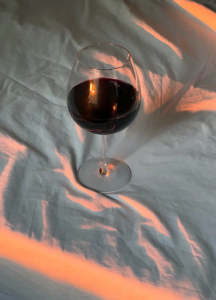
If Wine Makes Me Sleepy, Should I Use it as a Sleep Aid?
While wine does tend to make people sleepy due to its alcohol and potential melatonin content, it is not recommended to be used specifically as a sleep aid. Depending on how much wine you consume before bed, as well as the alcohol content of that specific wine, you will most likely feel at least a little bit drowsy and will find it easier to drift off to sleep. However, even though alcohol leads to sleep initially, consumption of alcohol can lead to restless sleep and difficulty getting to and maintaining a state of truly deep sleep, the kind that your body and mind need the most during the night in order to have the energy you need during the day.
Of course, the effects of wine consumption and alcohol content varies greatly depending on how much you consume. For most people, a simple glass of wine in the evening is perfect for enjoying its relaxing effects without disrupting sleep later in the night.
If you enjoy the taste and feel of wine at night, by all means go ahead and enjoy it! At Berryhill Family Vineyards we know how blissful and rewarding a good glass of wine truly is.

The Importance of a Relaxing Glass of Wine
While drinking wine probably will make you feel sleepy, that is nothing to worry about—in fact, that is one of the central beauties of a good glass of wine: the chance to relax alone or with friends, the chance to forget about the worries and stresses in your life for a time, and the chance to focus on the moment at hand. When you drink wine, focus on the experience of drinking it. How does it feel on your tongue? What flavors can you detect? How rich or light is the taste? Whether you enjoy your wine alone or in the company of close friends and loved ones, wine never fails to conjure up special memories and feelings.
At Berryhill Family Vineyards, we strive to deliver you the perfect wine experience each time you pour a glass from one of our carefully crafted bottles.

